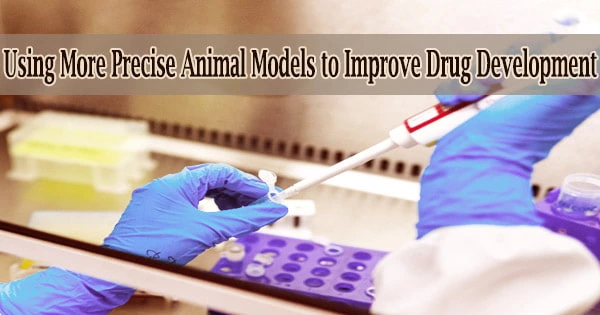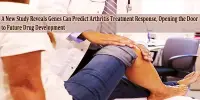Clinical trials, which verify a medicine’s efficacy and safety, are a stumbling block that must be overcome before a new treatment can be released to the market. It would be ideal to conduct them on humans, but due to strict ethical requirements, patient availability, and limited financing, drug efficacy research is mainly done on animal models.
As a result, it’s vital to keep the gap between human and animal disease models as small as possible in order to precisely validate the drug’s efficacy.
The process of moving a new drug from “bench to bedside” is known as drug development. A drug’s design, development, and approval for usage in patients can take 10 to 15 years.
When a drug provides the first available treatment for a condition or shows a considerable advantage over existing drugs, the drug development and approval procedure can be accelerated in some cases.
Professor Sanguk Kim and Ph.D. candidate Doyeon Ha (Department of Life Sciences) lead a POSTECH research team that recently created a system to pick genes from animal models to accurately replicate human diseases.
These findings, which were recently published in Nucleic Acids Research, an important journal in the field of functional genomics, are expected to aid in the development of new medications and effective therapies through the development of more precise animal models.
Using this technology, we can predict the success or failure of animal disease models before making them and help develop more effective new drugs by better understanding disease mechanisms.
Sanguk Kim
Therapeutics, such as prescription and over-the-counter medications, vaccines, cell treatments, and medical devices, are overseen and regulated by pharmaceutical regulatory authorities.
They are designed to ensure the safety, efficacy, accessibility, and security of approved pharmaceuticals and play an important role throughout the drug development process. Pharmacovigilance efforts will be carried out by the responsible pharmaceutical business throughout the drug development process.
Using big data, the researchers assessed the aggregate disease symptoms seen in human and animal models. Unlike previous studies that focused on the genomic sequences of orthologous genes across species, this research focused on tissue-specific gene expression patterns and the gene regulatory networks that they produce.
When the gene regulatory networks of two species diverge between human and mouse models, experimental investigation indicates that the mutation model of the target gene is not suited for investigating human disease.
Furthermore, comparing the rewiring of regulatory networks in human and mouse models aids in the selection of an animal model that more accurately replicates the human disease.
“Using this technology, we can predict the success or failure of animal disease models before making them and help develop more effective new drugs by better understanding disease mechanisms,” remarked Professor Sanguk Kim on the significance of the study.
The Medical Device Innovation Center and the Graduate School of Artificial Intelligence at POTSECH, as well as the National Research Foundation of Korea’s Mid-career Researcher Program, helped fund this research.
















